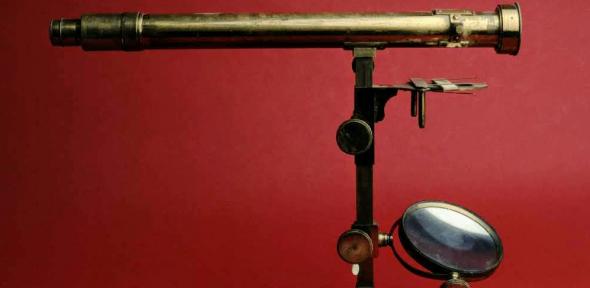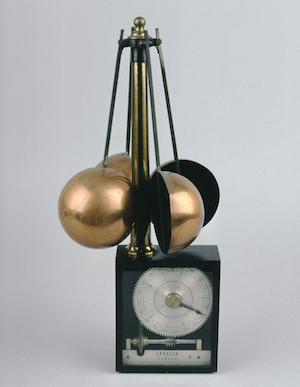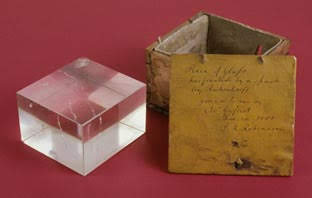The Italian mathematics teacher, microscopist, and astronomer Giovanni Battista Amici (1786-1863) began designing and making microscopes in 1809. Alongside his professorial duties, Amici was a pioneer of the reflecting microscope, which creates an enlarged image via mirrors, rather than just using (refracting) lenses. Like many developments in microscope manufacture, reflecting microscopes were modelled on their telescopic counterparts. Whereas reflecting and refracting telescopes have competed and coexisted right up to the present day, Amici's reflecting microscopes were only popular for a short time around the 1820s. This is because of the small sizes of the mirrors needed for a high-power microscope, and the incredible amount of skill required for their construction and polishing. The earliest surviving example of one of these distinctive microscopes is dated 1814, and is now in a museum in Amici's birthplace, Modena, Italy.(1)
Of three reflecting microscopes in the Whipple Museum's collections one is by Amici. And it is supposedly his own working microscope (above image). It was purchased in 1930 at the auction of the collection of Frank Crisp, a microscope collector, who in turn had bought it from an Italian professor, who "had it direct from Amici's heirs". The sale catalogue describes the microscope as being Amici's own working instrument, but given its complicated history this claim is impossible to verify.




